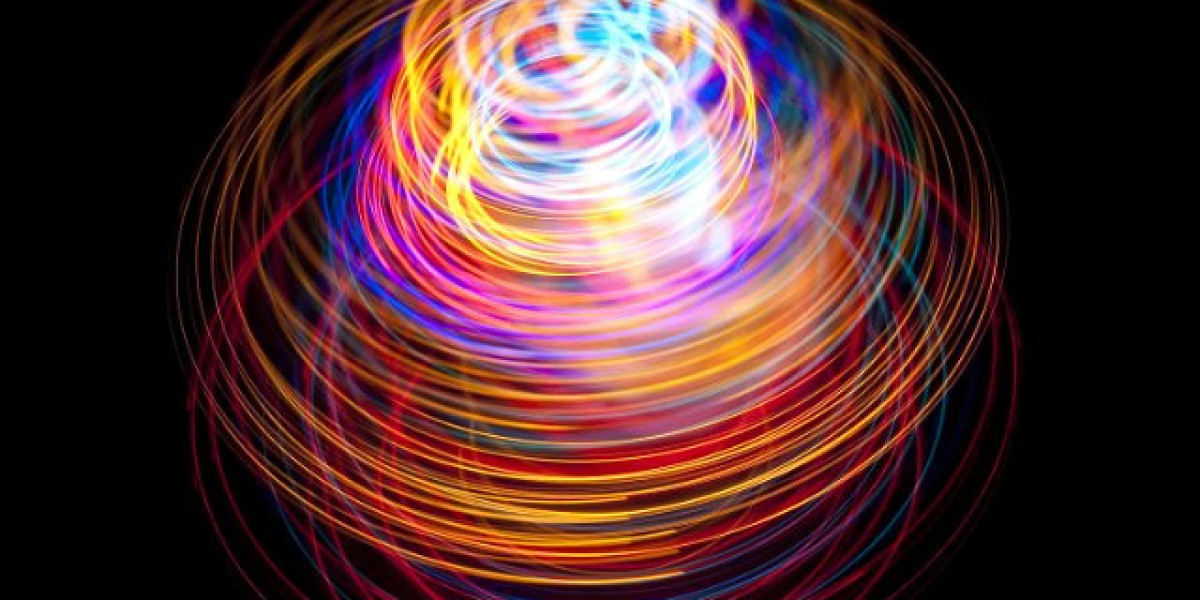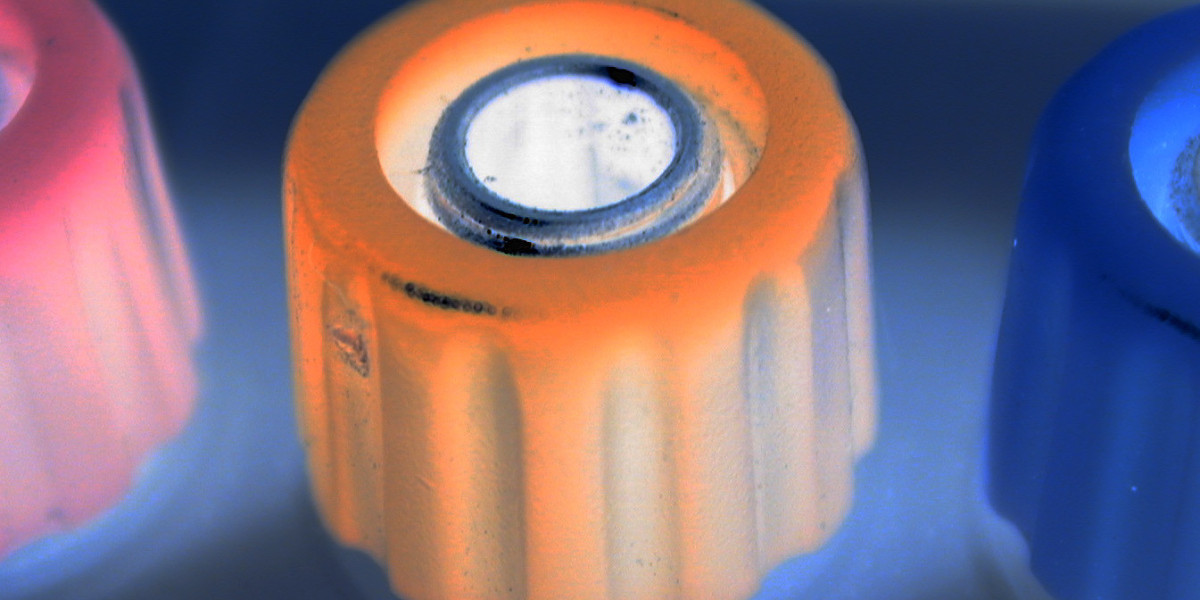As per Market Research Future, the Wind Turbine Brakes Market is witnessing significant growth due to the rising adoption of wind energy as a sustainable power source globally. Wind turbine brakes are crucial components designed to ensure the safety and efficiency of wind turbines by controlling rotor speed, preventing mechanical failures, and enabling maintenance operations. The market size of wind turbine brakes is expanding steadily, driven by advancements in renewable energy infrastructure, government incentives for green energy, and increasing awareness about environmental sustainability.
The global push toward renewable energy has propelled wind power installations, directly influencing the demand for advanced braking systems. Modern wind turbines, often exceeding capacities of 3 MW, require highly reliable braking mechanisms to handle high-speed rotor operations and turbulent wind conditions. The market for wind turbine brakes includes multiple product types such as mechanical brakes, hydraulic brakes, and electrical brakes, each catering to specific turbine requirements. Mechanical brakes dominate the market due to their durability and effectiveness, whereas hydraulic and electrical brakes are gaining traction for their precision and automation capabilities.
The size of the wind turbine brakes market is also influenced by technological innovations aimed at enhancing efficiency and safety. Leading manufacturers are investing in research and development to produce brakes that reduce wear and tear, minimize maintenance costs, and improve turbine uptime. For example, hybrid braking systems that combine mechanical and electrical components are becoming increasingly popular, offering redundancy and better performance in extreme weather conditions. Moreover, the integration of smart monitoring systems enables predictive maintenance, which further enhances the reliability and lifespan of wind turbines.
Regionally, Europe has been at the forefront of the wind turbine brakes market due to its well-established renewable energy policies and the presence of major turbine manufacturers. Countries like Germany, Denmark, and Spain have witnessed consistent investments in wind energy projects, contributing to the growth of the braking systems segment. North America and the Asia-Pacific regions are also experiencing substantial growth. In North America, the U.S. wind energy sector is expanding due to supportive federal policies and large-scale offshore wind projects. In the Asia-Pacific, countries such as China and India are rapidly increasing wind energy capacity, creating a high demand for robust and efficient braking solutions.
Market size is also affected by the increasing adoption of offshore wind turbines, which require advanced braking mechanisms to withstand harsh marine environments. These turbines demand brakes that are resistant to corrosion, capable of withstanding extreme loads, and compliant with strict safety standards. Manufacturers are now focusing on producing corrosion-resistant materials and compact designs suitable for offshore installations, which further boosts market growth.
Additionally, the wind turbine brakes market is seeing partnerships and collaborations between turbine manufacturers and brake system providers. These collaborations aim to optimize the integration of braking systems into new turbine models, enhance performance, and reduce lifecycle costs. As the wind energy sector continues to expand, the demand for efficient and reliable braking solutions is expected to grow, further increasing the market size over the forecast period.
The increasing shift toward sustainable energy sources, coupled with technological advancements and strategic collaborations, positions the wind turbine brakes market for continued expansion. As global energy demands rise, the focus on clean and renewable sources will drive further investments, positively influencing the market size and overall growth trajectory.
FAQs
1. What are the main types of wind turbine brakes?
The primary types of wind turbine brakes include mechanical brakes, hydraulic brakes, and electrical brakes. Mechanical brakes are the most common due to their durability, while hydraulic and electrical brakes offer precision and automation for modern turbines.
2. How does market size vary by region?
Europe leads the wind turbine brakes market due to established renewable energy policies and major manufacturers. North America and Asia-Pacific are experiencing growth due to large-scale onshore and offshore wind projects in countries like the U.S., China, and India.
3. What factors are driving the growth of the wind turbine brakes market?
Growth is driven by increasing global wind energy installations, technological advancements in braking systems, offshore wind turbine projects, and government initiatives promoting renewable energy adoption.
The global wind turbine brakes market is poised for substantial growth as the renewable energy sector continues to expand, with innovations and regional developments shaping the future of this essential component in wind energy systems.
More Related Reports:








